Peter Ranscombe takes to the skies to find out how drones are increasingly used to carry out a wide variety of jobs across our region.
From chasing Tom Hanks and Felicity Jones through the streets of Florence in the movie of Dan Brown’s Inferno to evil villain Mysterio outfoxing the titular superhero in Spider-Man: Far From Home, drones have become standard fayre in big screen blockbusters.
Yet these devices aren’t simply a Hollywood trope or best-selling Christmas present.
They are also being deployed by companies throughout the north and north-east to gather data and images.
Drones are being used as the eyes in the sky to inspect offshore installations, from oil and gas rigs through to wind turbines.
Back on dry land, they’re beginning to carry cargo and medical supplies to remote locations.
Using data from drones
Doug McNeil, managing director at Scottish land management technology firm Eolas Insight, has used drones to monitor forests for the Woodland Trust.
“Essentially, our job was to take all the images that were collected during the survey and then create an ‘ortho-mosaic’, which is a single image that’s stitched together from all those images, using a technique called ‘photogrammetry’,” he explained.
“That gives you two things – a single consistent image of the area and a terrain model.”
Mr McNeil added: “Photogrammetry not only allows you to work out the coordinates of an object but also its height.
“That works because things that are closer to the camera will move less in subsequent images than things that are further away.
“The ortho-mosaic and the terrain model became the baseline to help monitor the trees over time.”
Drones also fit into the wider survey market, which includes light aircraft and even satellites.
Mr McNeil added: “The level of detail you can get from drones is quite incredible, down to about 2cm (0.8-inch) resolution.
“We also use aerial surveys from light aircraft to find red deer and conduct baseline surveys for estates.
“It’s like a sliding scale – drones are good for up to 1,000 hectares (about 2,470 acres).
“From 1,000ha up to about 200,000ha (about 494,000 acres) I’d use a light aircraft.
“And then for national-scale mapping satellites are the way to go.”
Conducting surveys of trees is just the tip of the iceberg when it comes to applications.
Hari Lakshman, a robotics engineer at the National Robotarium, which opened in Edinburgh last autumn, said: “Drones are being used in a variety of cutting-edge ways, including applications like environment monitoring, aiding search and rescue missions, and carrying out infrastructure inspections.
“They can also be used to autonomously or semi-autonomously transport items like medical aid, emergency kits, or general supplies to remote or offshore locations.”
Ferrying medical supplies through the skies
AGS Airports – which runs the terminals in Aberdeen, Glasgow and Southampton – is spearheading the Care & Equity Logistics Unmanned Aircraft Systems Scotland (Caelus) project to develop the UK’s first national distribution network for drones to transport medicines, blood, organs and other medical supplies.
Caelus is due to launch a demonstration flight between Glasgow Airport and Golden Jubilee Hospital, Clydebank, this summer.
Four more test flights are planned for this year, including one in Grampian and another in the Highlands and islands.
The project is exploring the use of a range of drones, from Skyports’ model – boasting a wingspan of about 6ft 7”, a range of about 43.5 miles and a payload of about 6.6lbs – to larger vehicles that look more like small aircraft.
Caelus project director Fiona Smith, group head of aerodrome strategy, AGS Airports, said: “We’re also developing ‘pods’ with an inflatable landing pad for the drone, and space for them to be stored and to recharge their batteries.
What an incredible night at the Scottish Transport Awards.
We are delighted to announce that the AGS Airports led Project CAELUS won the Excellence in Technology and Innovation award!#awards #scottishairportoftheyear #transporttimes #scottishtransportawards #STA pic.twitter.com/QAJG5HXEOn
— Glasgow Airport ✈️ (@GLA_Airport) September 30, 2022
“Our designers at Atkins are taking into account how these pods can be made so they don’t look out of place in their surroundings, like on beautiful Scottish islands.”
Argyll and Bute Council plans to open the UK’s first drone logistics hub at Oban Airport.
The council has already carried out trials with Skyports to deliver school lunches from one site to another in Oban.
Next steps for using drones
One of the hurdles holding back the expansion of drone use is the ability to operate them beyond visual line of sight (BVLOS) of the controller.
“Basically, at the moment, you have to be able to see the drone while you’re operating it, which limits the size of the area you can cover,” Mr McNeil pointed out.
“It makes the process labour-intensive because if you want to cover a larger area, then you need to set up the drone, do your flight and then move to the next area and start setting up again for more flights.”
Caelus’ project team has been feeding information into the Civil Aviation Authority’s ongoing consultation into changing the regulations governing BVLOS, in order to make it easier for drones to operate in the UK.
Ms Smith added: “At the moment, drones can fly BVLOS in ‘segregated corridors’, which are like tunnels in the sky that are there just for that drone – effectively, you’re blocking anyone else from using that airspace.
Pioneering Scottish start-up EOLAS Insight, supported by @Geovation, is using space-age technology to help protect the environment.
Find out how they're supporting the management of wildlife in Scotland's habitats: https://t.co/DhLRoXUFW8 pic.twitter.com/VT5OVLwCrF
— Ordnance Survey (@OrdnanceSurvey) November 16, 2021
“Scotland and the wider UK has some of the most congested airspace in the world, so blocking any airspace is challenging.
“If you were to block every corridor for drones to get from A to B, there wouldn’t be much space for anything else.
“There needs to be a move towards integrating drones into our ecosystem.”
Scotland and the wider UK has some of the most congested airspace in the world, so blocking any airspace is challenging.”
Fiona Smith, project director, Caelus.
Caelus is due to run until June 2024 but Ms Smith hopes flights will continue beyond then.
“There are ongoing services today with drones flying in segregated corridors,” she said.
“As soon as regulations allow, those could be expanded.
“By 2030 I think there should be a step-change in the ability of drones to fly in a far greater volume in Scotland.”
Mr Lakshman and his colleagues at the National Robotarium are also involved in projects to help overcome the line-of-sight barrier.
“We’re currently working with partners in the north of Scotland to conduct demonstrations and trial flights of drones capable of operating at distances outside the normal visible range of a pilot or operator, enabling them to cover greater distances and opening up the possibility of a wider variety of applications,” he said.
“Through these types of partnerships, we aim to demonstrate how drones can be practically and reliably deployed to support a range of crucial areas to Scotland’s economy, including healthcare and offshore energy.”

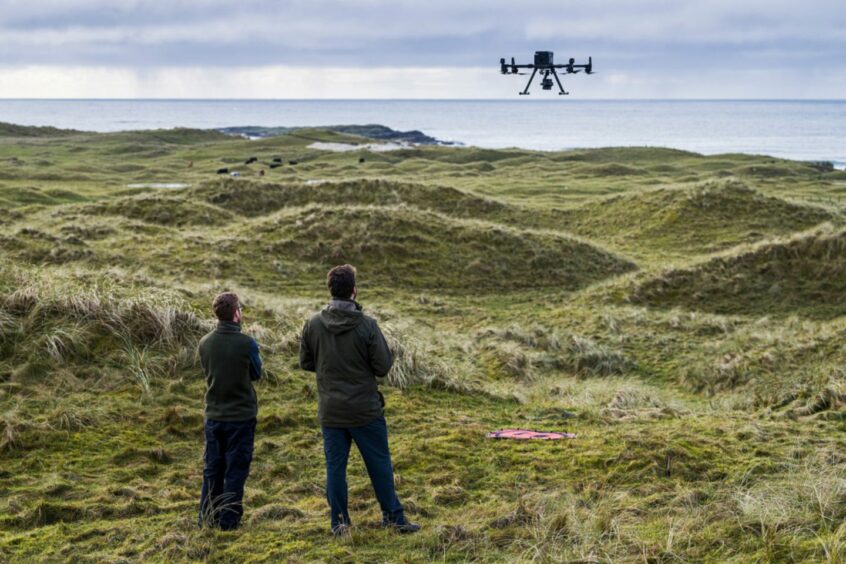
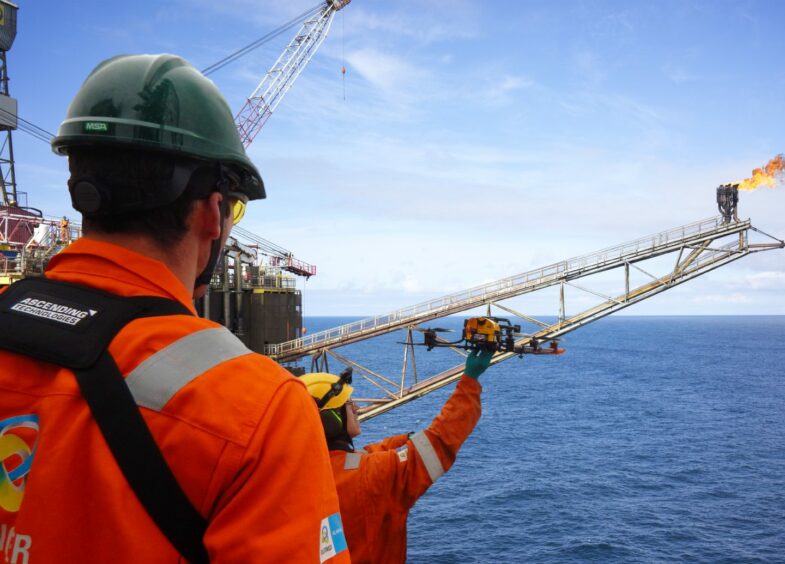
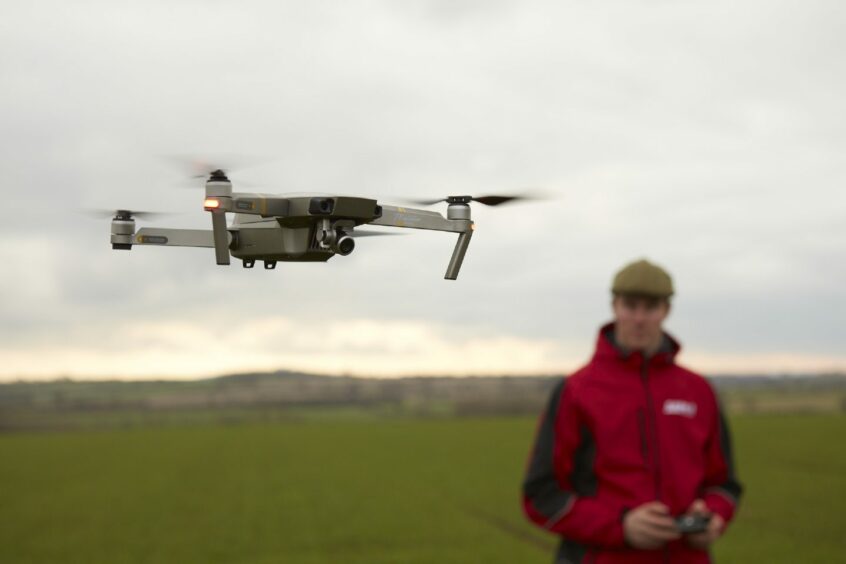
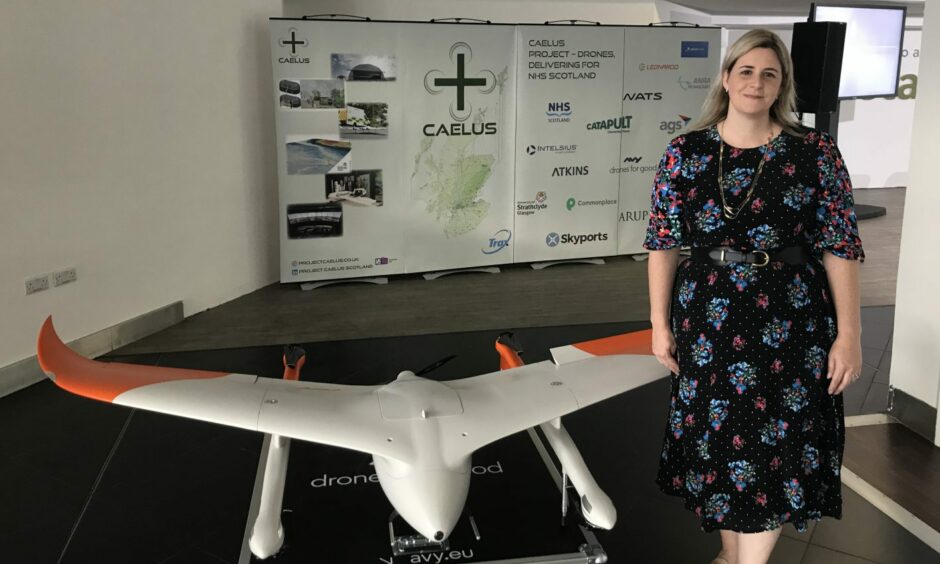

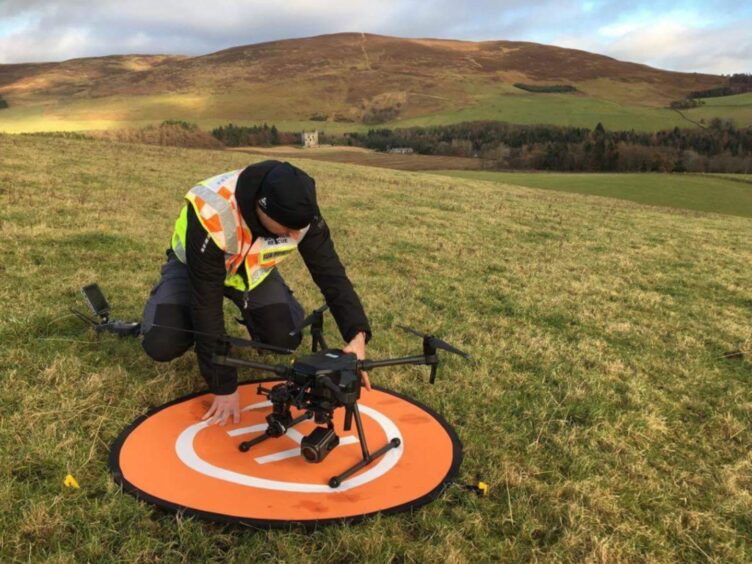
Conversation